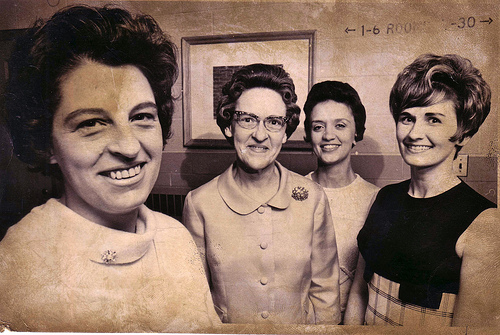Remember those frigid winter mornings when Dad would tell you to quit whining already and put on a sweater if you were so cold? Well if you haven’t figured it out by now (which, duh), he was trying to save energy (i.e. money) by keeping the thermostat low.
Today, the Japanese government is doing essentially the same thing. But… kookier.
They’re pushing a new program called “Super Cool Biz.” Participating companies are encouraged to save energy by keeping their thermostats set to 82 degrees Fahrenheit this summer. After all, the nation is still trying to manage with reduced energy availability after some of its nuclear power plants were destroyed in the tsunami. But a nice side effect will be lower electricity bills for participating companies and a smaller carbon footprint for the entire nation.
The super cool part? Shorts, sandals, and Hawaiian t-shirts are all suddenly upgraded to “business casual.” We want pictures of super cool board meetings.
How are you staying cool this summer without contributing to a scorched earth?





